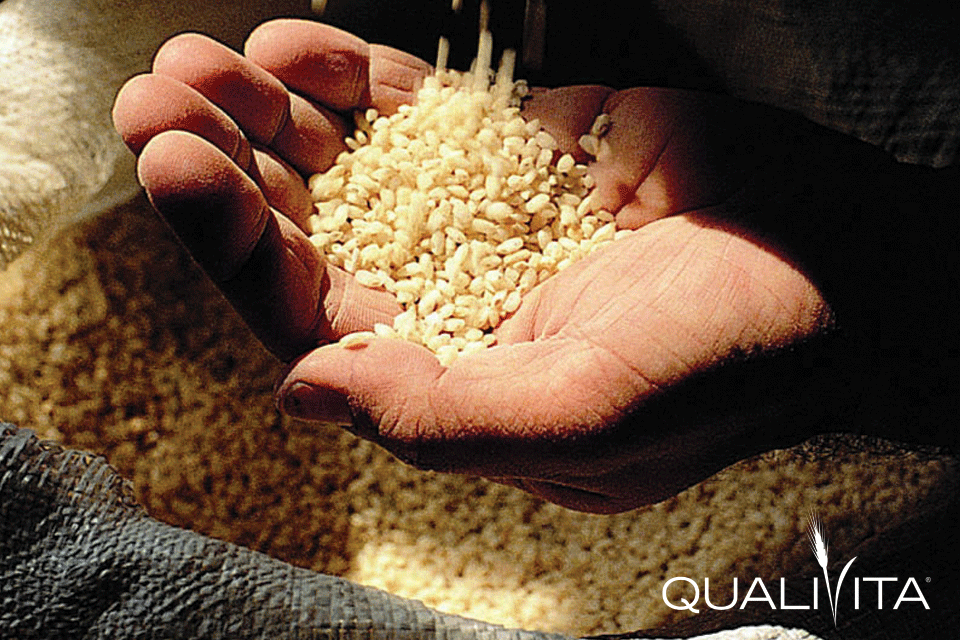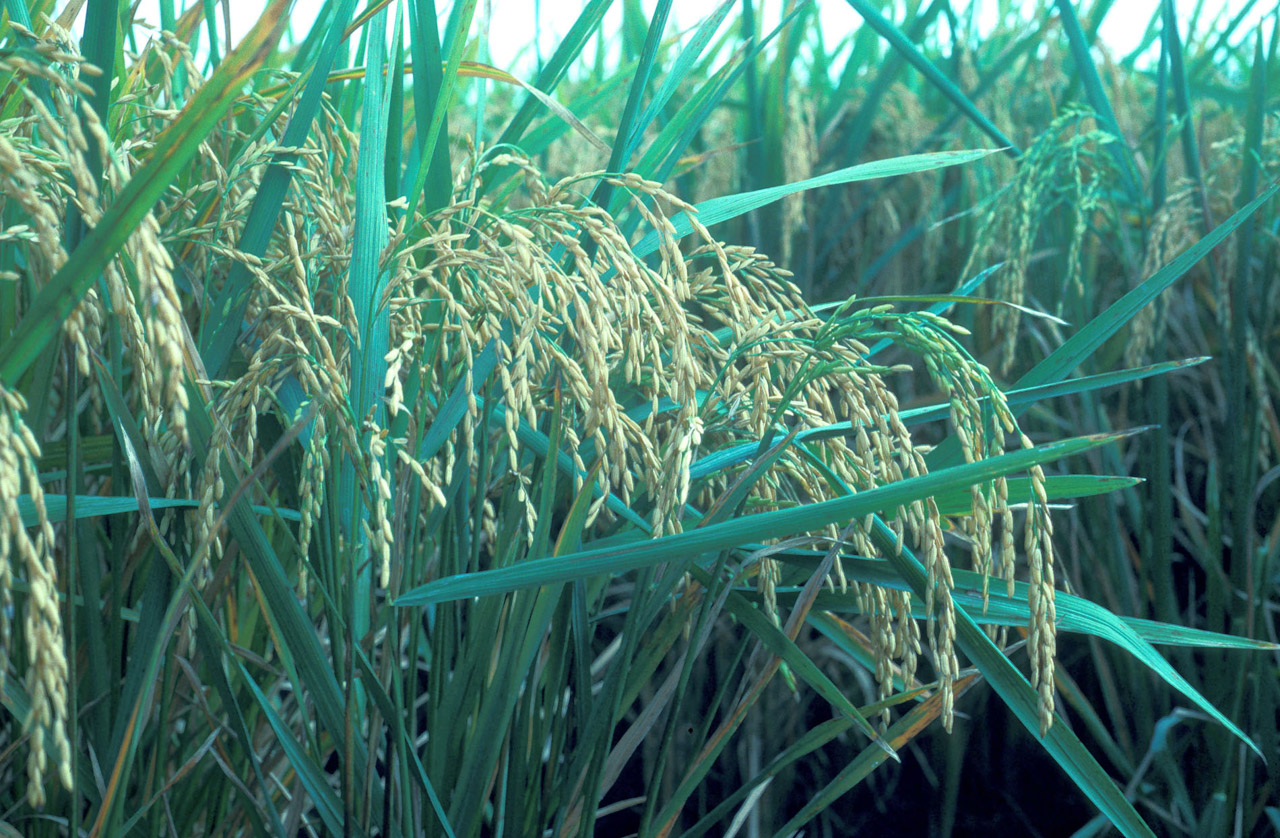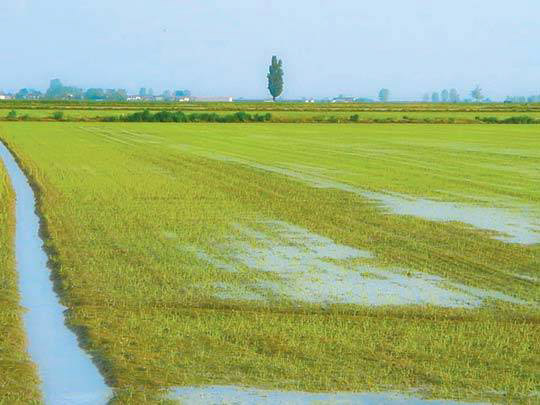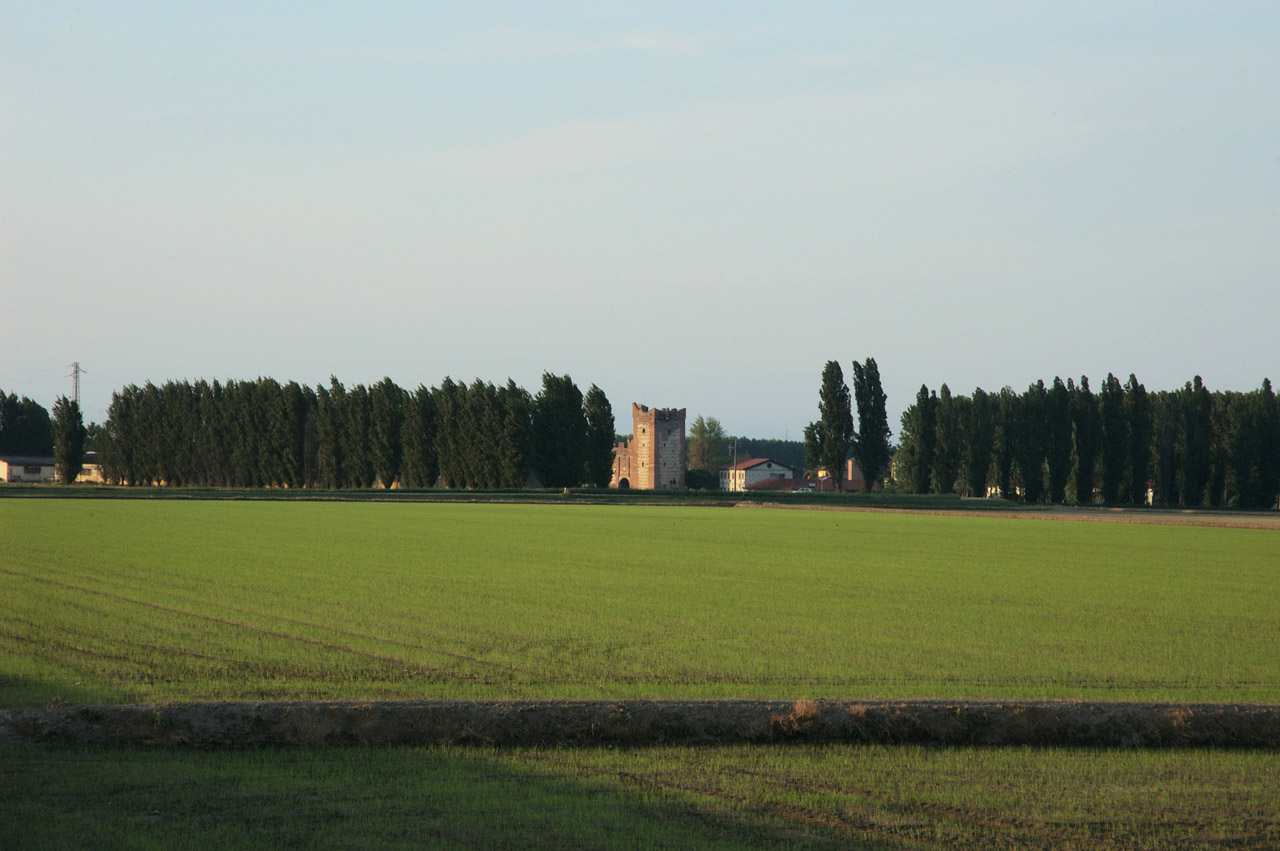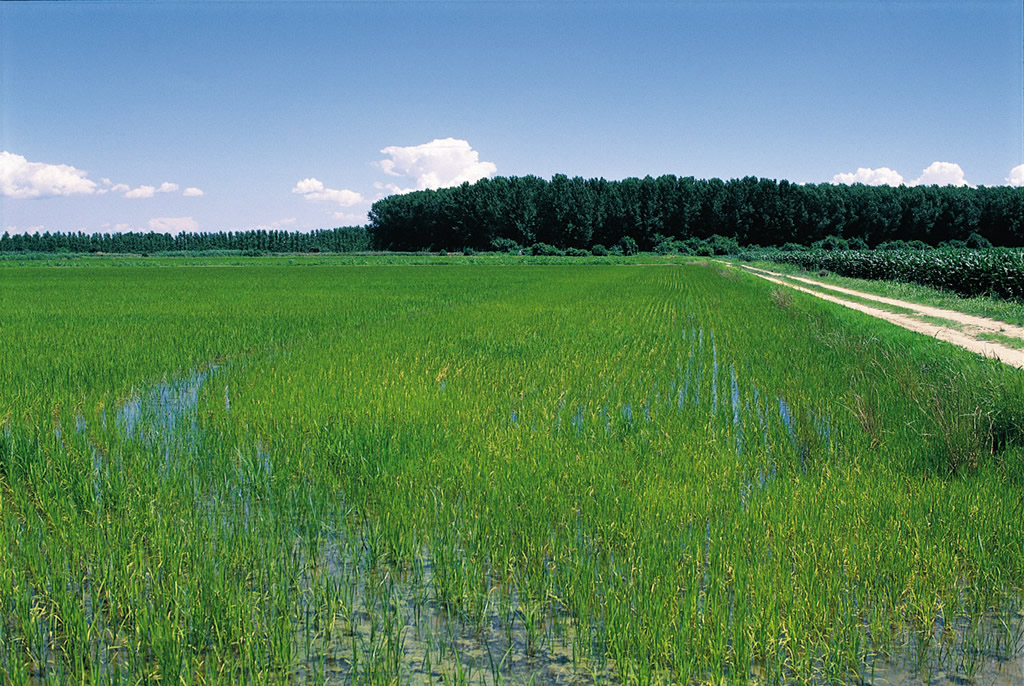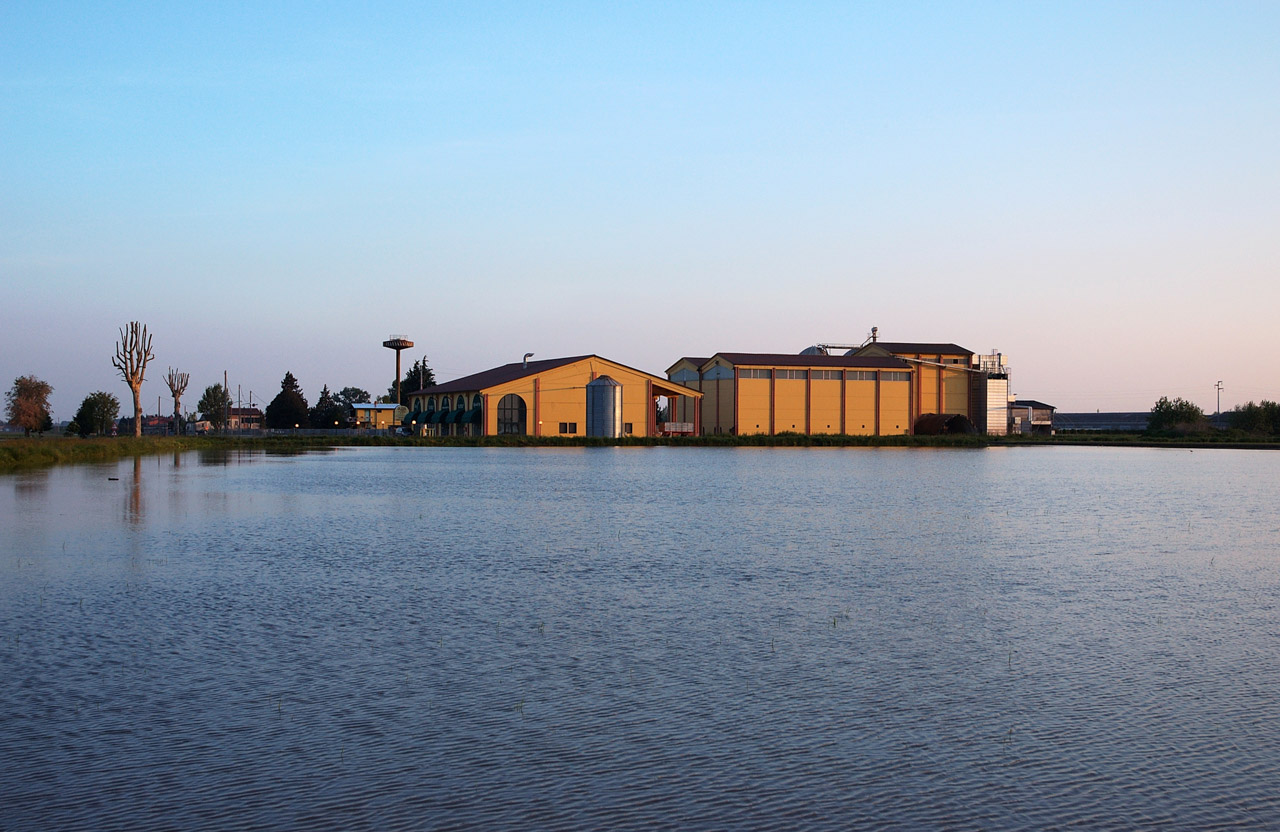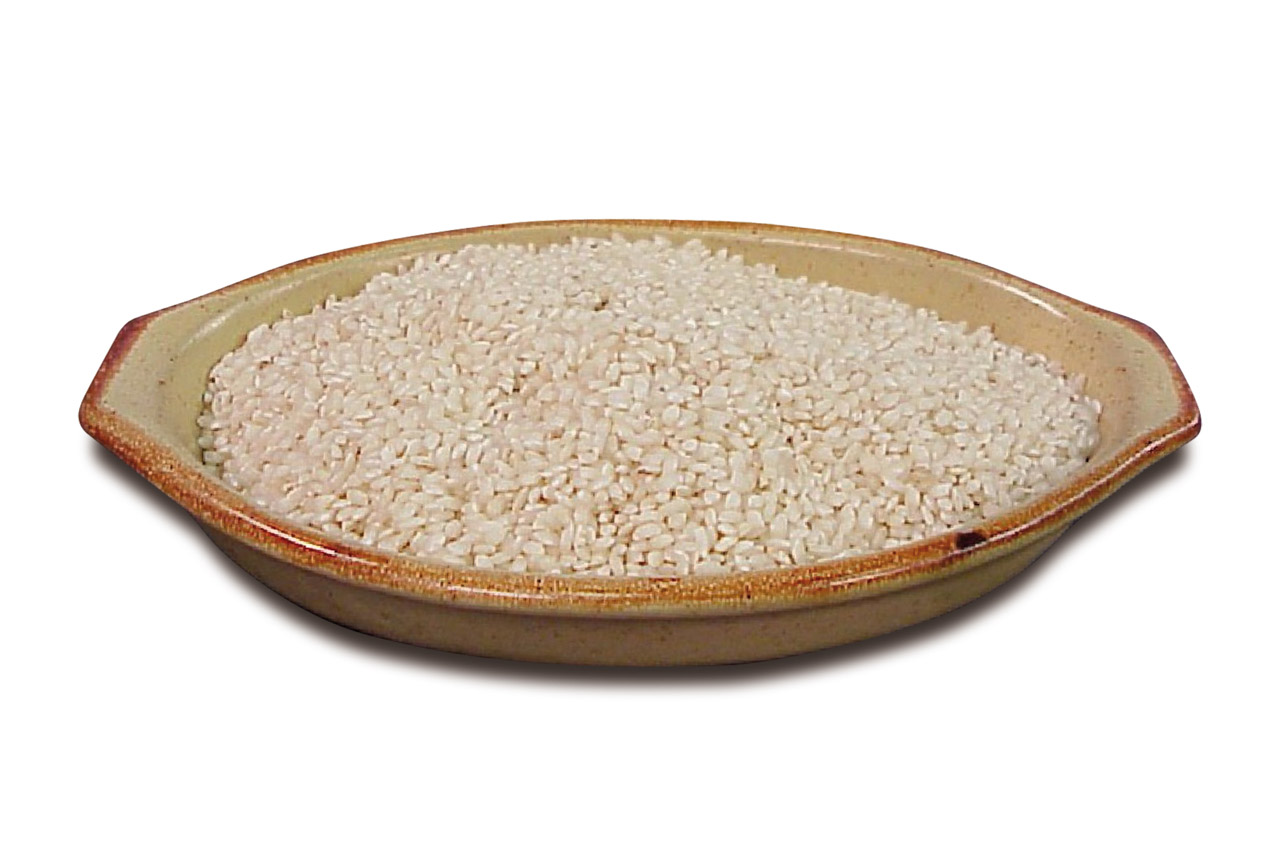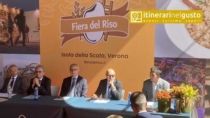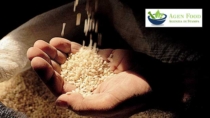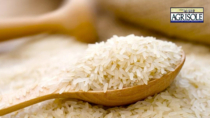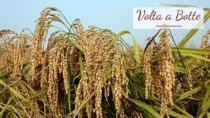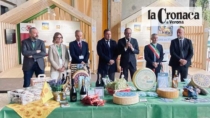Description
The Riso Nano Vialone Veronese PGI refers to Semi-processed or Semi-whole and White rice obtained from the processing of carefully selected grains belonging to the Vialone Nano variety of paddy rice.
Production Area
The production area of Riso Nano Vialone Veronese PGI is within 25 municipalities in the Province of Verona, in the Veneto region.
Production Method
The paddy cannot remain on the same piece of land for more than six consecutive years, and can only return after the field has been planted with other crops for at least two consecutive years. Before the use of authorised herbicides, weeds must first be tackled with good cultivation practices, the regulation of the water in the paddies and targeted tillage methods. Total production per hectare must not exceed 8 tonnes. Sowing takes place directly in the fields and is carried out at the end of April. The fields are then filled with water, in which the seeds will germinate. From this moment on, the fields are flooded and dried out throughout the plant’s growing cycle of 155 days, carefully regulated by the rice grower. Harvesting generally starts at the beginning of autumn, when the rice has reached the right level of ripening: combine harvesters enter the paddy and cut the stems rapidly, gathering the ears and hulling them. The drying process must take place in dryers that are able to uniformly reduce the moisture percentage in the grains (12.5%), reducing the possible contamination of the glumes with any residual fuels or foreign odours to a minimum. The rice grains undergo the first whitening process (only partially for the semi-processed or semi-whole rice), carried out through mechanical rubbing, before being selected and packaged.
Appearance and Flavour
Semi-processed or semi-whole Riso Nano Vialone Veronese PGI have had part of the embryo (germ) and pericarp removed; the White rice is missing the entire pericarp. The rice grains must have: a length of 5.4 to 5.8 mm; a width of 3.2 to 3.5 mm; a thickness of 2 to 2.2 mm; a length/width ratio of 1.6 to 1.8; an extended central “pearl” and no stripes.
History
Rice cultivation in the area that today corresponds to the Province of Verona has ancient origins; paddy fields were already being planted in the 13th century, with extensive deforestation and land reclamation. The Vialone Nano rice variety was created by the rice cultivation experiment station in Vercelli, through the hybridisation of the Nano and Vialone rice varieties. The cultivation of this new variety began in 1937 and it was introduced into the Province of Verona in 1945.
Gastronomy
Riso Nano Vialone Veronese PGI must be kept in a cool, dry place. Due to its organoleptic properties, resistance to cooking and versatility, international chefs consider this particular rice one of the best in the world. It is ideal for making creamy and well-separated risotto, minestrone soups, salads and cakes. It is combined with pumpkin, asparagus and frogs. It is the main ingredient in many Veronese recipes, such as tastasale (salami pasta) or risotto all’isolana (veal and pork risotto sprinkled with cinnamon-spiced cheese). Another culinary delicacy is risotto col pessin, made with fish from the paddies.
Marketing
The product is marketed as Riso Nano Vialone Veronese PGI. It is sold in packaging permitted by current regulations.
Distinctive Features
Thanks to rigorous production standards, Riso Nano Vialone Veronese PGI offers genuineness, fragrance and excellent results in cooking.





